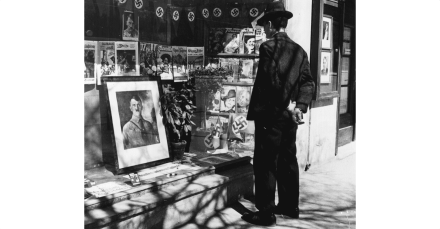German billionaires are still benefiting from the Nazis
It was a clear cold morning in January 1936 when Reichsführer-SS Heinrich Himmler arrived at the luxurious Regina Palast Hotel in central Munich. He had come to pick up a group of businessmen for a day trip. Their destination: Dachau concentration camp. Nazi Germany’s first official camp had been set up by Himmler in March 1933 to detain the new regime’s political enemies. It became the prototype on which other camps were modelled. Himmler’s wealthy guests were given a personal tour by the SS leader and were impressed. Their host was ‘very carefully prepared and dressed up’, one of them commented afterwards. As the party walked through Dachau, they were


